Gasoline is an essential fuel primarily used in vehicles, engines, and machinery. While most people are familiar with the basic function of gasoline, many do not understand the significance of its color. The color of gasoline can reveal important information about its composition, quality, and intended use. In this article, we will delve into the different colors of gasoline, their meanings, and why they matter to consumers and industry professionals alike.
The Basics of Gasolines
What is Gasoline?
Refiners produce gasoline as a refined petroleum product primarily used as fuel for internal combustion engines. They derive it from crude oil through a process called fractional distillation. This process separates the various components of crude oil based on their boiling points. While there are various grades and formulations, unleaded gasoline is the most common type available for consumer vehicles.
The primary purpose of gasoline is to power vehicles such as cars, motorcycles, and boats. Additionally, gasoline is used in small engines for lawn mowers, chainsaws, and generators. Its volatility and energy content make it suitable for these applications. Understanding what gasoline is and how it is produced sets the foundation for discussing its color and significance.
The Role of Additives
Modern gasoline contains not just hydrocarbons but also various additives. These additives enhance performance and prevent issues such as engine knocking, corrosion, and deposition. Common additives include detergents to keep the fuel injectors clean, anti-knock agents to improve octane ratings, and stabilizers to prolong shelf life, ensuring that the gasoline remains effective for a longer period.
The presence of additives can influence the color of gasoline, although their primary purpose is to enhance fuel quality rather than affect appearance. Understanding how these additives function helps consumers make informed decisions. Recognizing the interplay between these chemical compounds and gasoline’s visual characteristics is critical for both safety and performance.
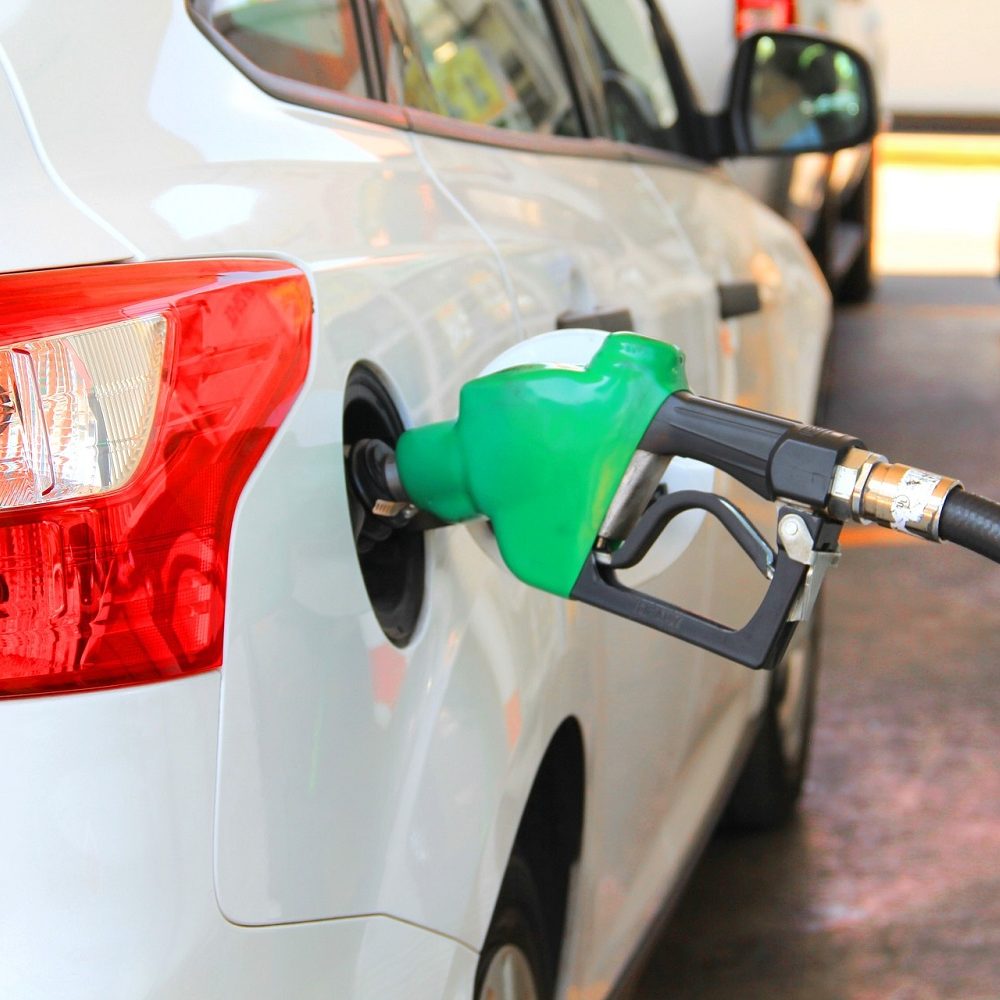
Understanding Gasolines Color
The Colors of Gasoline
Gasoline is typically clear to pale yellow in appearance; however, the color can vary depending on the refinements made during production and the additives included in the mix. The following colors may be observed in gasolines products:
- Clear or Light Yellow: This is the baseline appearance of standard gasolines and indicates a typical formulation without significant contamination.
- Dark Yellow or Amber: A darker coloration may indicate the presence of certain performance additives or a higher concentration of aromatic hydrocarbons.
- Green: Gasoline with a green tint is often an indication of an additive used for ethanol-blended fuels, which are marketed as environmentally friendly options.
- Other Colors: Variations to red, blue, or other hues often indicate specific products or uses. For example, fuels designed for racing might be dyed differently to help distinguish them from standard fuels.
Why Color Matters
The color of gasoline is important as it provides valuable information about its quality and intended use. For instance, distinguishing between different colors may help consumers identify the presence of additives that enhance performance. Certain colors may also indicate lower-quality fuels that could affect engine performance negatively.
Additionally, the color can serve as a preliminary indicator of contamination or degradation. If gasoline appears darker than usual, it may indicate that impurities are present, potentially leading to engine problems. Therefore, being aware of these color variations enables consumers to make informed choices while seeking to protect their vehicles.
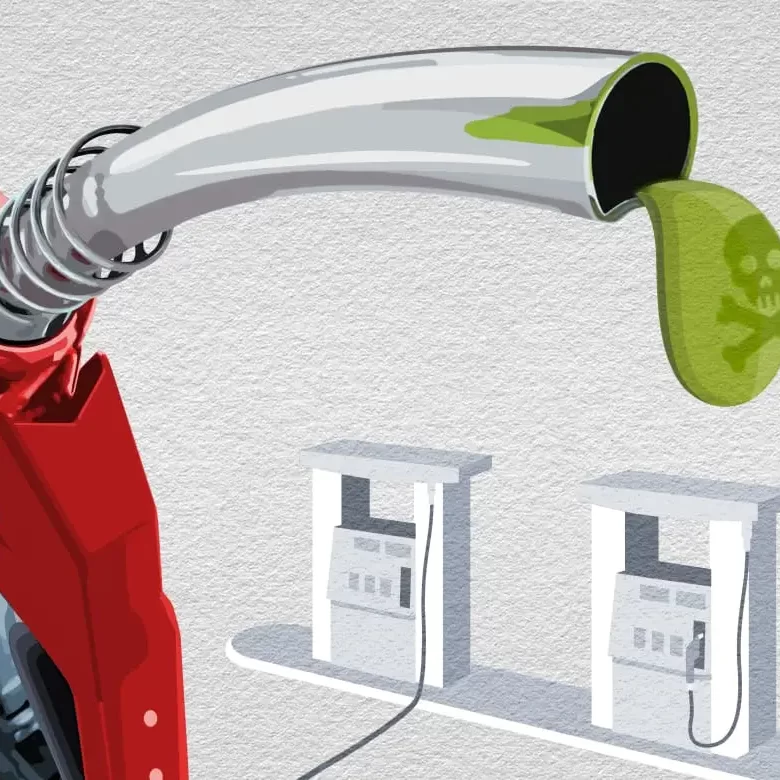
Environmental Considerations
Gasoline and Emissions
The color and composition of gasoline strongly influence the emissions that result from its combustion. Different formulations can result in varying levels of pollutants being released into the atmosphere. For example, gasolines blended with ethanol tends to produce fewer greenhouse gases than conventional gasoline due to the renewable nature of the biofuel.
Understanding how gasoline color affects emissions can inform consumer choice as they become more conscious of environmental issues. By opting for cleaner-burning fuels, drivers can contribute to improved air quality and lower their carbon footprints. The relationship between fuel choice and environmental impact highlights the importance of staying informed about the gasolines products available in the market.
The Shift Towards Cleaner Fuels
As environmental concerns grow, many regions are implementing initiatives to promote cleaner fuels. This shift often involves blending gasoline with biofuels, affecting the color and characteristics of the fuel. Additionally, regulations are increasingly driving improvements in gasoline formulations, leading to lower emissions and better overall vehicle performance.
Consumers are now looking for fuel options that are not only effective but also environmentally responsible. By paying attention to the color and composition of gasoline, they can make choices that align with their personal values about sustainability. The ongoing transition toward cleaner fuels presents an opportunity for consumers to contribute positively to their surroundings.
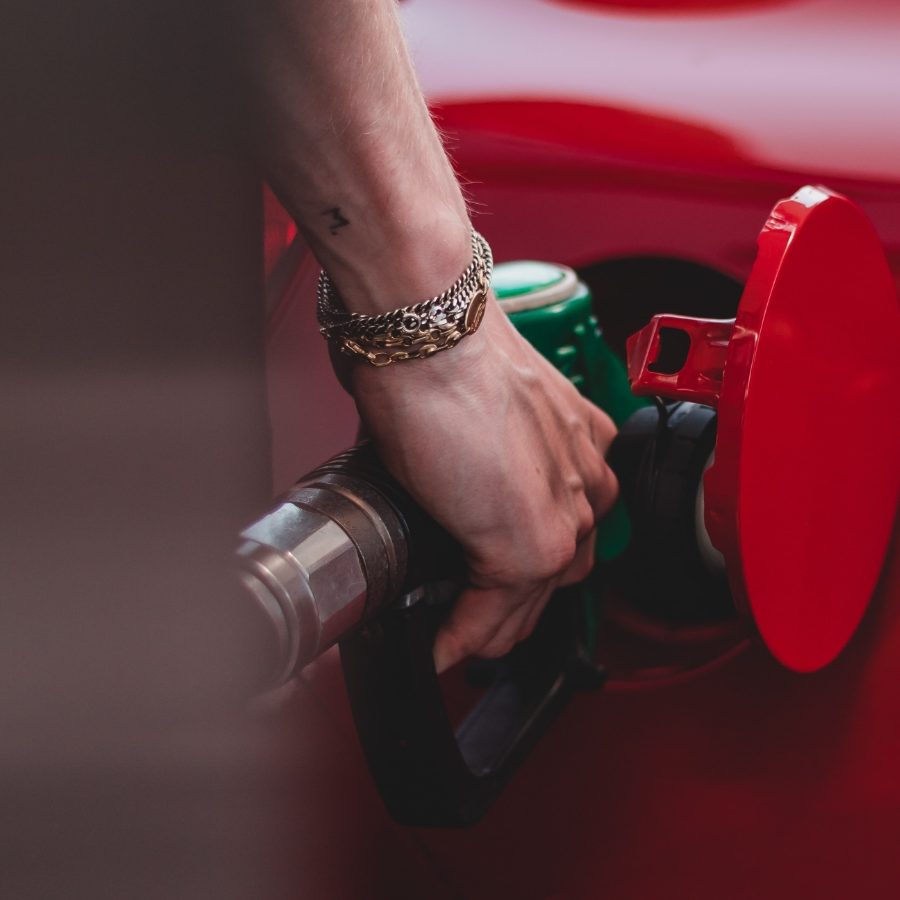
The Importance of Quality and Safety
Recognizing Quality Gasolines
The quality of gasoline is paramount for ensuring optimal engine performance and longevity. High-quality gasoline can prevent engine knocking, improve fuel efficiency, and minimize emissions. Conversely, low-quality or contaminated gasoline can degrade engine components and lead to more frequent repairs.
Being informed about what constitutes quality gasoline is crucial for every vehicle owner. Standard testing methods often focus on parameters such as octane rating and the presence of additives. While color alone may not be the sole indicator of gasoline quality, awareness of common colors can serve as a preliminary screening tool.
Understanding Contamination Risks
When evaluating gasoline color, the risk of contamination is another significant factor. If gasoline appears darker than usual, this could indicate impurities or degradation within the fuel. Contaminated gasoline can lead to performance issues or even damage to internal engine components.
For instance, the presence of water in gasoline may lead to cloudiness or darker tones, creating a serious risk. Water can cause rust in fuel lines and degrade engine components, ultimately impacting performance. Understanding these risks allows consumers to be vigilant and proactive regarding their fuel choices.
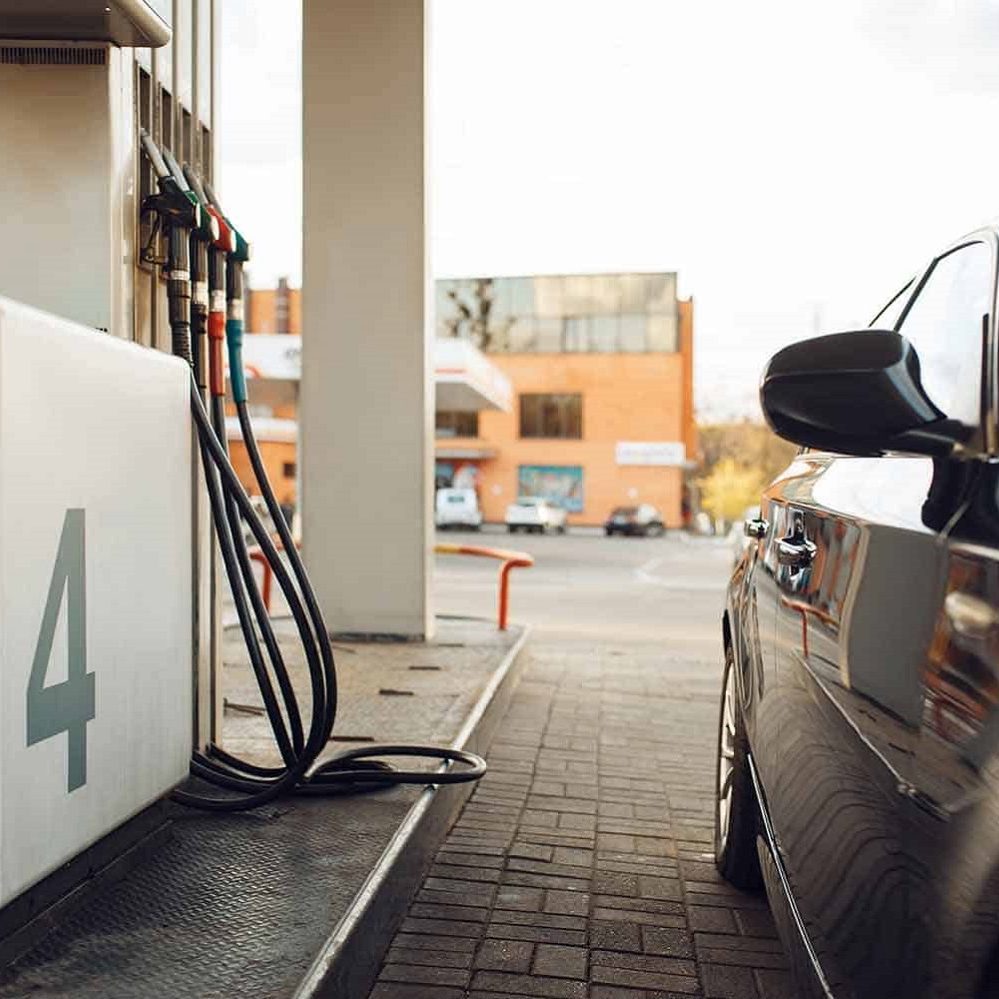
Making Informed Choices
Choosing the Right Fuel
Given the various options available, making informed choices when purchasing gasoline is essential. Look for reputable gas stations that adhere to quality standards. Many stations have recognizable quality certifications or undergo routine inspections to ensure fuel meets industry standards.
Consider using fuel brands with a strong reputation for quality. National brands frequently invest more in refining processes and quality controls. When visiting a station, keep in mind that the clarity of the gasoline can be a helpful indicator of its quality, although it should never be the only measure.
Additional Factors to Consider
In addition to color and quality, other factors should be considered when selecting gasoline. Understanding the octane rating of fuel can greatly influence performance, especially for high-performance vehicles. Manufacturers design higher octane gasoline to resist knocking, making it a popular choice for certain engines they specify.
Furthermore, consider the importance of incorporating ethanol-blended fuel if you own a vehicle designed for it. Ethanol can enhance performance, but it may also alter the visual characteristics of gasoline. Being informed about these nuances empowers consumers and enhances their driving experience.
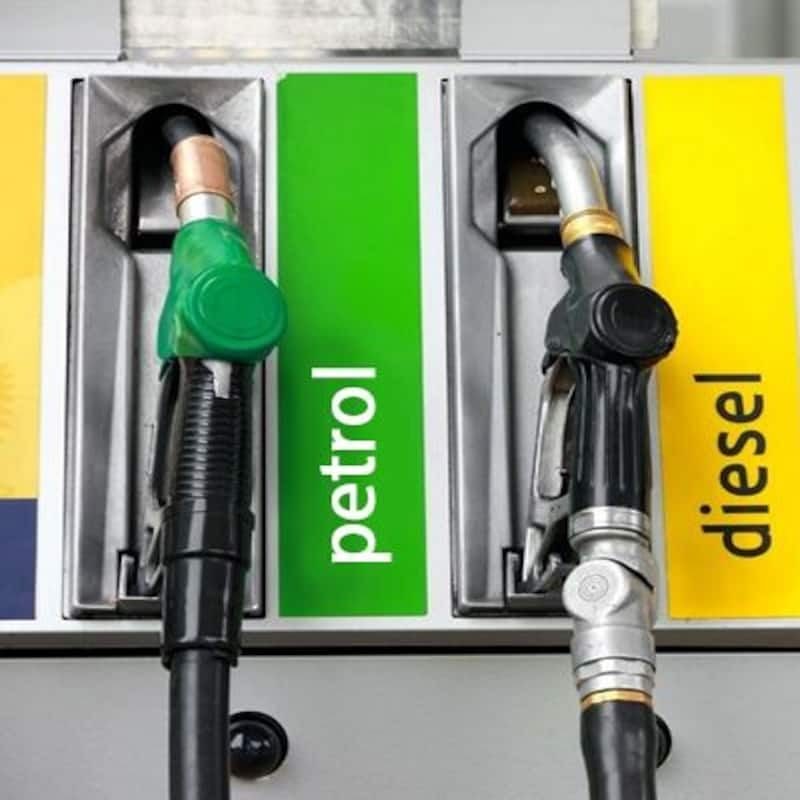
The Future of Gasolines and Alternative Fuels
Innovations in Fuel Technology
As the automotive industry evolves, so does the technology behind gasoline and fuel alternatives. Innovations in fuel formulation and production are increasingly focused on sustainability and efficiency. New processing methods aim to create cleaner-burning gasoline, with reduced emissions, and enhanced performance characteristics. This not only benefits the environment but also helps fortify the gasoline market against shifts toward electric vehicles.
Moreover, research into alternative fuels, such as biofuels and hydrogen, is gaining momentum. Manufacturers design these alternatives to reduce dependency on traditional fossil fuels, reflecting a decisive shift in consumer preferences. Companies are investing in processes that enable the blending of traditional gasoline with biofuels, resulting in a cleaner and more robust fuel option. As these technologies continue to develop, consumers can anticipate a broader range of choices that align with environmentally friendly goals.
Encouraging Sustainable Practices
Consumers play an essential role in the movement towards sustainable fuel usage. Understanding the impact of gasolines choices encourages drivers to select options that reflect their values. By purchasing from brands that prioritize sustainable practices, consumers can influence the market and encourage further innovations towards cleaner fuels.
Advocating for the use of cleaner gasolines and actively participating in campaigns promoting environmental responsibility can pave the way for widespread change. Furthermore, individuals can contribute by maintaining their vehicles, ensuring they run efficiently, and minimizing emissions. With collective efforts, we can drive the automotive industry toward a more sustainable and environmentally aware future. Through informed choices and supporting sustainable practices, consumers contribute to a healthier planet while enjoying the benefits of driving the vehicles they love.
Conclusion
Embracing Knowledge About Gasoline
In summary, gasoline color holds significance beyond mere aesthetics. Understanding the various colors and what they represent can help consumers make informed choices about their fuel. Recognizing the connection between gasolines color, quality, and emissions allows drivers to feel more confident in their fuel selection, knowing it aligns with their vehicle’s needs and their personal values regarding the environment.
Making Responsible Fuel Choices
Gasoline affects not only the performance of vehicles but also has broader environmental implications. As consumers, it is essential to make responsible choices that consider both engine performance and ecological effects. The growing emphasis on cleaner fuels is a sign of evolving awareness regarding the responsibilities associated with fuel consumption.
Ultimately, staying informed about gasoline’s color and quality, including understanding the different colors of gasoline and what they mean, can lead to safer, more efficient driving experiences. As you fill your tank, take a moment to reflect on the significance of your choice—it impacts not just your vehicle but the environment, too. By staying educated about gasolines, you can make informed decisions that contribute to both vehicle performance and the health of our planet. Embrace your role as a responsible consumer and enjoy the peace of mind that comes from understanding the fuel you rely on every day.
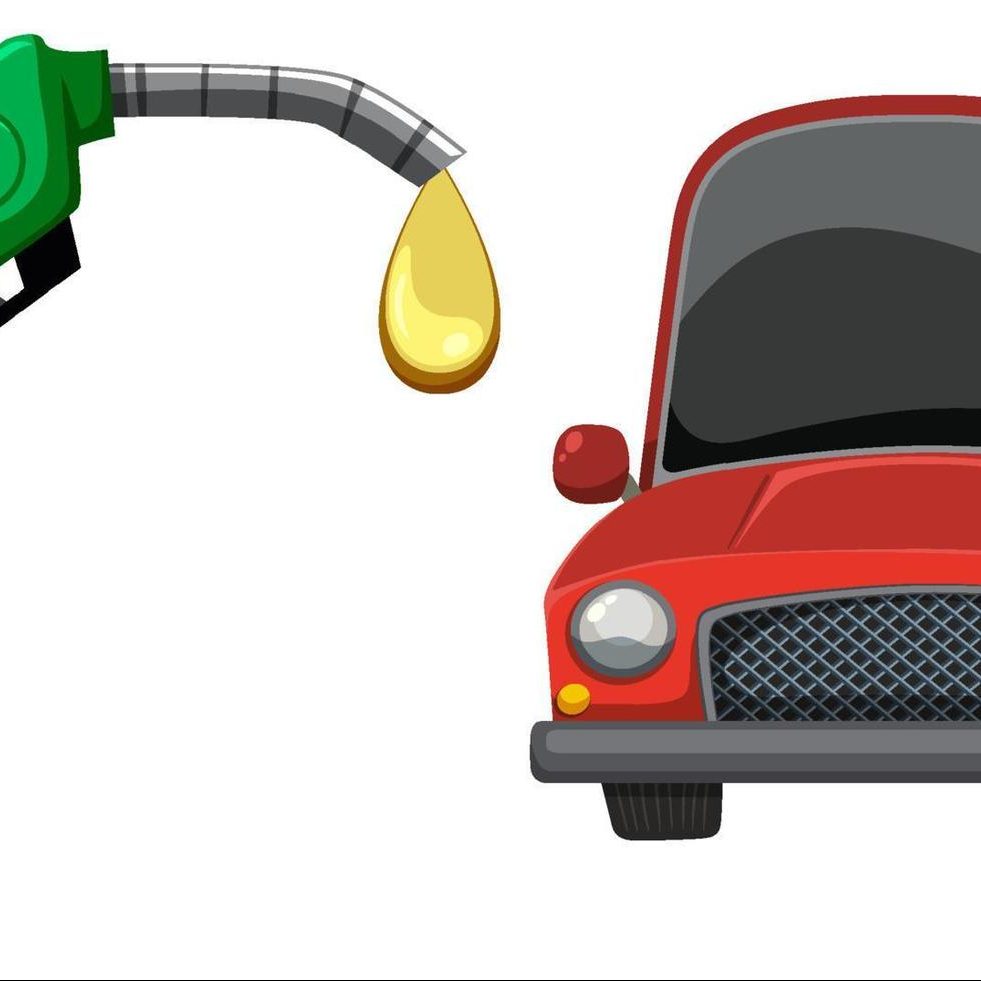
Leave a Reply